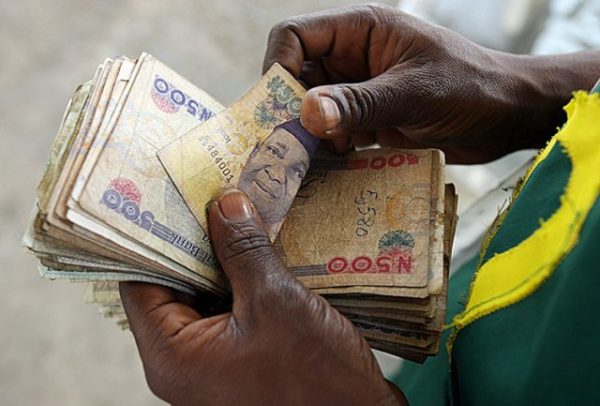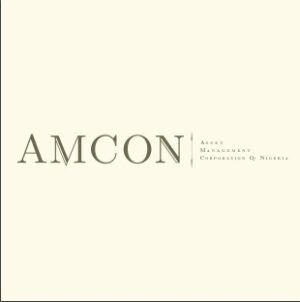The Monetary Policy Committee (MPC) members agreed last week that the relative stability in the foreign exchange market provides confidence to foreign investors. The stability in the market was also triggered by over $60 billion turnover achieved in the Investors’ and Exporters’ (I&E) Forex Window since April 2017 and Central Bank of Nigeria’s policy to restrict investments in the Open Market Operation (OMO) bills auction.
Not many investors – local and international – gave it any chance to succeed when it was unveiled. But, since April 2017 when the Investors’ and Exporters’ (I&E) Forex window was launched by the Central Bank of Nigeria (CBN), it has attracted over $60 billion to the economy and contributed in stabilizing the naira.
The economy has also benefited from the Central Bank of Nigeria (CBN) policy restricting individuals and non-bank institutions from investing in Open Market Operation (OMO) bills. The policy has made domestic investors to shift from the money market to the equities market.
The OMO is basically designed to be a short-term market instrument that the CBN uses to control the supply of money in the economy. Whenever the CBN believes the inflation rate is high due to increased money supply it sells OMO bills at high-interest rates mopping up liquidity from the economy.
On the flip side, if it believes there is a liquidity squeeze due to high-interest rates it buys back OMO bills flooding the financial market with cash so that. As you’d expect these are short term bills that typically should not be more than 90 days, except that these days OMO Bills are now sold with maturity as long as 365 days competing toe to toe with Treasury Bills.
The Monetary Policy Committee members also noted that lower money market interest rates, reflected the liquidity overhang in the banking system, resulting from the restriction of individuals and non-bank corporates in the domestic economy from participating in OMO bill auctions. Consequently, the monthly weighted average Inter-bank call and Open Buy Back (OBB) rates fell
sharply to 3.82 and 3.24 per cent, in December 2019, from 11.42 and 10.73 per cent, respectively, in the previous month.
The Committee noted the improved performance in the equities market, as the All-Share Index (ASI) and Market Capitalization grew by 11.61 and 18.27 per cent, respectively, between end-October 2019 and 10th January, 2020.
This was indicative of the shift by domestic investors from the money market to the equities market in response to the Bank’s policy to restrict their investments in the OMO bills auction.
The MPC also noted the improved performance and sustained resilience of the banking system, evidenced by the continued moderation of the Non-Performing Loans (NPLs) ratio from 6.6 per cent in October to 6.1 per cent in December 2019. The Committee noted that the improvement reflected the Bank’s continued deployment of heterodox policies to ensure that NPLs fell below the prudential benchmark of 5.0 per cent.
I&E Forex Window
The I&E Forex window has also remained one of the key instruments expected to help stabilise the local currency against other currencies in the New Year. The naira has remained relatively stable at the official and parallel markets. The local currency exchanges at N362 to dollar at the parallel market and N306 to dollar at the official market.
The I&E Forex window, seen as a ‘willing buyer, willing-seller window’, allows foreign investors to bring in dollars into the economy at any price of their choice, provided they could find buyers at such rate. The figure at the window has also impacted positively on the Purchasing Managers’ Index (PMI).
CBN Governor Godwin Emefiele said the I&E Forex window is one of the policies that sustained the stability of the naira and will continue to raise foreign capital inflows into the economy.
Speaking at the 54th Annual Bankers Dinner in Lagos at the weekend, Emefiele said that as part of the bank’s priorities for next year, the regulator was determined to maintain its stable exchange policy stance in the near to medium term given the relatively high level of reserves.
Emefiele, who spoke on the theme: “Delivering a strong Sustainable Growth for the Nigerian Economy”, added that the dollar inflows through the window has supported naira’s stability.
He said: “With a moderated inflation rate, positive Gross Domestic Product (GDP) growth and improvements in our external reserve position, the naira-dollar exchange rate at the I&E Forex window has remained stable for the past 29 months at N360 – $1 and we have witnessed significant convergence in the exchange rate across the various market windows. Local currency has also remained at N306 to dollar at the official market.”
A report by FSDH Research said that prior to the I&E Forex window introduction, the market and exchange rates were in turmoil. However, in a dramatic turn of events, the acute shortage of forex, which businesses and individuals grappled with, witnessed an unprecedented improvement, with banks and Bureaux de Change (BDCs) now desperately looking for forex buyers.
The FSDH Research Monthly Economic and Financial Market Outlook said the positive domestic and external environment will further lead to external reserves accretion in the short-term, a development the report predicted will further stabilise the foreign exchange rate.



